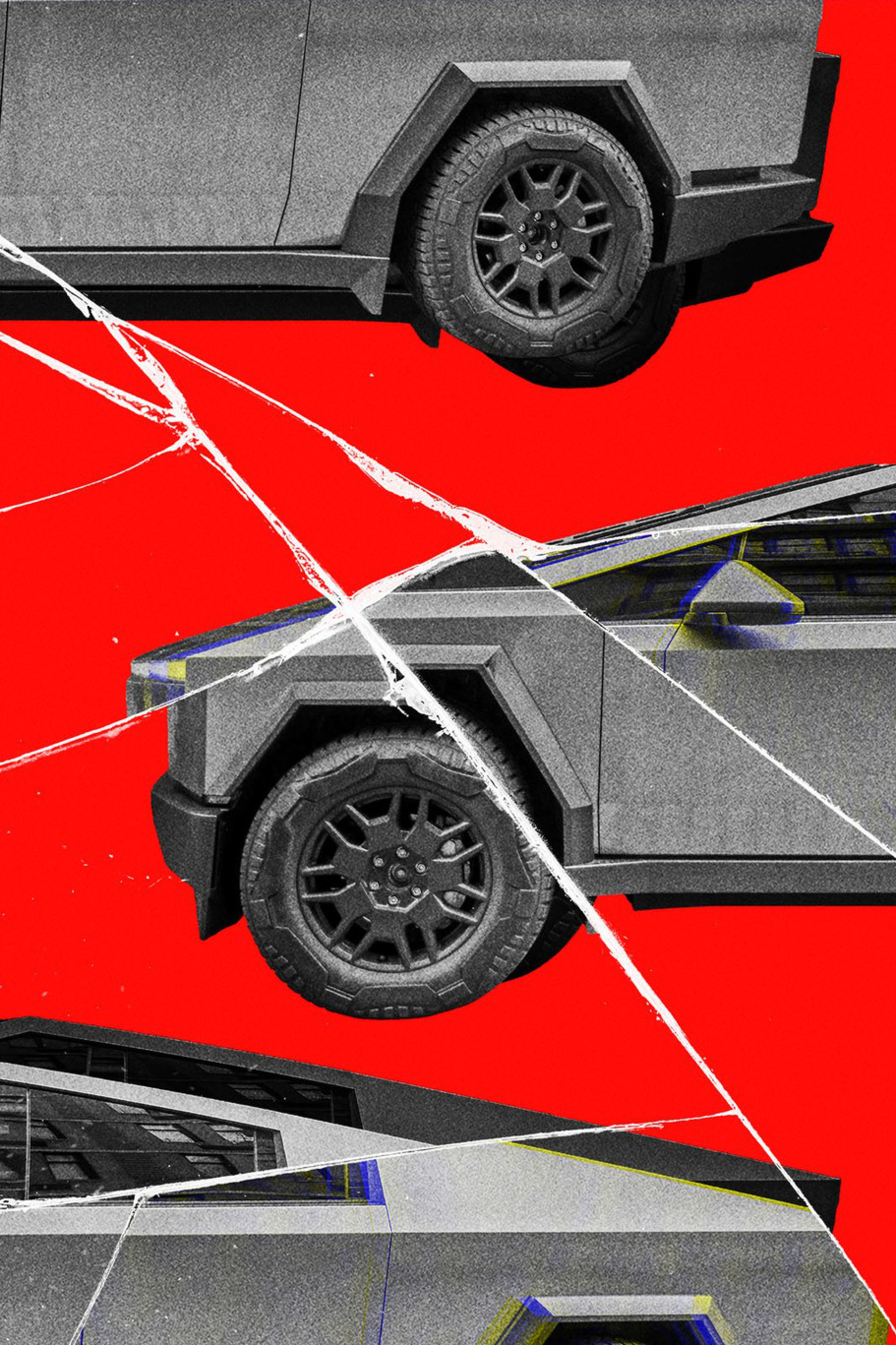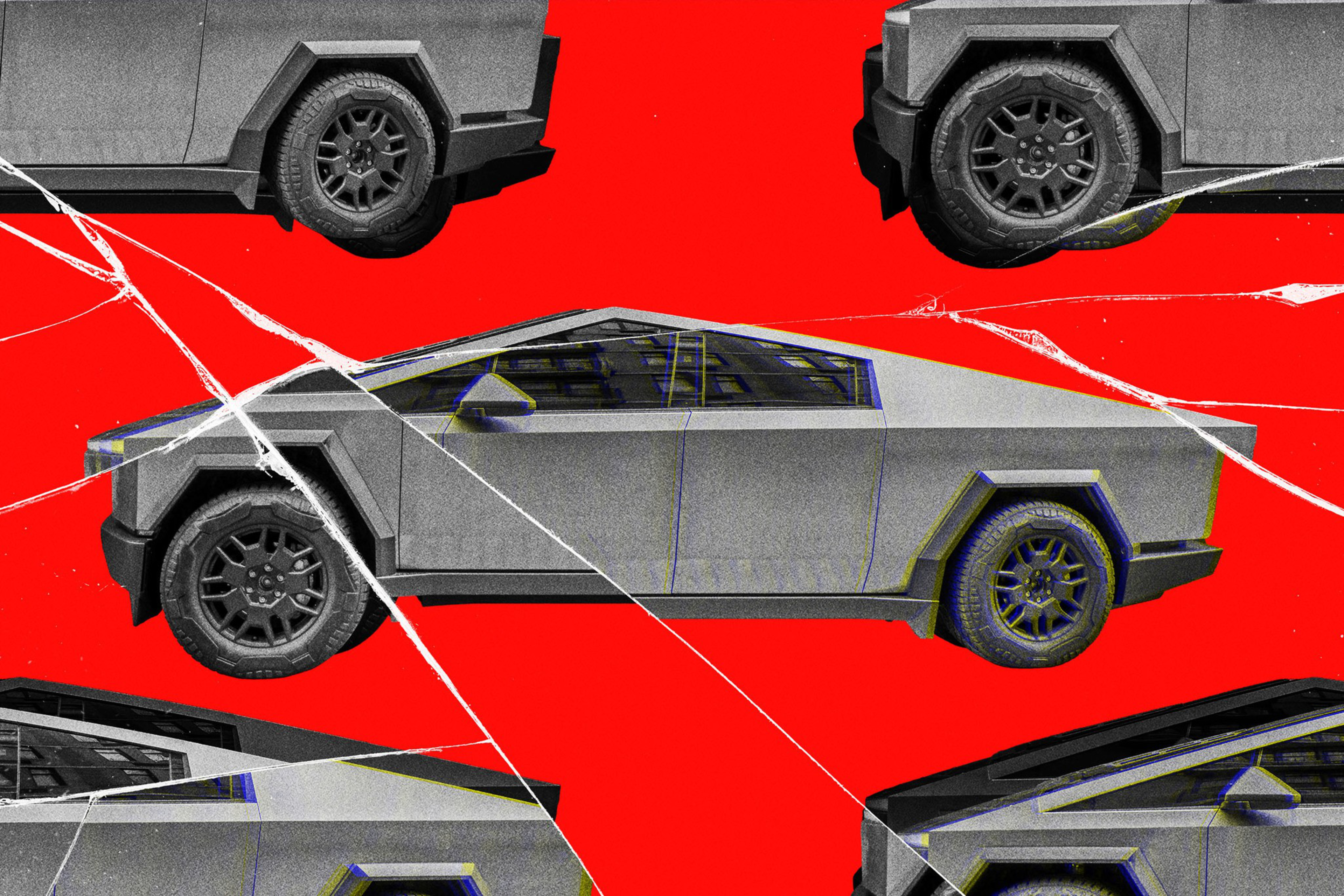The families of two college students who were killed last year in a Tesla Cybertruck in Piedmont sued the carmaker Thursday, saying the vehicle’s design created a deathtrap.
Former high school classmates Jack Nelson, 20; Krysta Tsukahara, 19; and Soren Dixon, 19, were killed when a Cybertruck driven by Dixon crashed and burned Nov. 27. A fourth passenger, Jordan Miller, survived with injuries.
The suits were filed separately this week in Alameda Superior Court by the families of Nelson and Tsukahara. They claim that it was not the crash that caused the deaths but rather the passengers’ inability to escape the vehicle during the subsequent fire because of a faulty door design.
An electronic button controls the Cybertruck’s doors. After the crash, the system failed, leaving the passengers trapped inside the smoke-filled vehicle, the lawsuits claim. The only way to escape was to engage a hard-to-find emergency mechanism, the families said.
The mechanical back-up release was concealed at the bottom of the door, the Nelson suit says, “not feasible to find or use in the smoke, heat, and chaos of a post-crash fire.”

In addition, the Cybertruck’s “exoskeleton” was designed to be difficult to penetrate from the outside, which would make rescues impossible to execute, the suits claim.
“The combination of these design choices created a highly foreseeable risk: that occupants who survived a crash would remain trapped inside a burning vehicle,” the Nelson family’s suit says. “Jack Nelson did not die from the crash; he died because Tesla’s design left him with no practical means of restraint.”
This is not the first time Tesla has faced litigation over its design of electronic parts for functions that in most cars are mechanical. After a driver crashed and died while in autopilot mode in a Tesla Model S in April 2019, the company was forced to pay (opens in new tab) $243 million to the victim’s family. In 2016, a driver died after becoming trapped inside a Tesla Model S following a collision in which the vehicle allegedly accelerated (opens in new tab) without driver input.
“Crashworthiness is not limited to protecting occupants during the initial impact; it also encompasses the ability of survivors to escape a burning vehicle, or be rescued, before fire overtakes the passenger compartment,” the Nelson suit claims.
After the National Highway Traffic Safety Administration opened a probe into Tesla’s door failures last month, the company announced (opens in new tab) that it will redesign its doors to make their operation more intuitive.
“It’s just a horror story,” Tsukahara family attorney Roger Dreyer told the Chronicle (opens in new tab). “Tesla knows that it’s happened and that it’s going to happen, and they are doing nothing but selling the car with a system that entraps people and doesn’t provide a way of extraction.”
The cause of death of the victims was determined to be asphyxia and smoke inhalation, according to autopsy reports. Miller was pulled out of the vehicle by a motorist and survived.
“The four young people in the Cybertruck were close friends and outstanding individuals, each on the verge of making meaningful contributions to the world,” the Nelson family said in a statement. “They were all victims of Tesla’s unsafe design.”
Tesla did not respond to requests for comment.
The Standard reported in February that Dixon, a sophomore at USC, was driving with a blood alcohol concentration more than twice the legal limit, along with cocaine in his system, according to toxicology reports.
According to records reviewed by The Standard, Dixon got a speeding ticket for going 102 mph in a 65 mph zone near the Dumbarton Bridge in February 2023. The vehicle code violation was dismissed after he completed a driver education class run by the California Highway Patrol, court records show.
In April, the Tsukahara family sued the Dixon estate for wrongful death, alleging that his reckless driving was a cause of Krysta’s death.
“How is it that someone could be in this vehicle in the condition that he was in relative to his alcohol and drug use?” Carl Tsukahara, her father, asked at the time.

